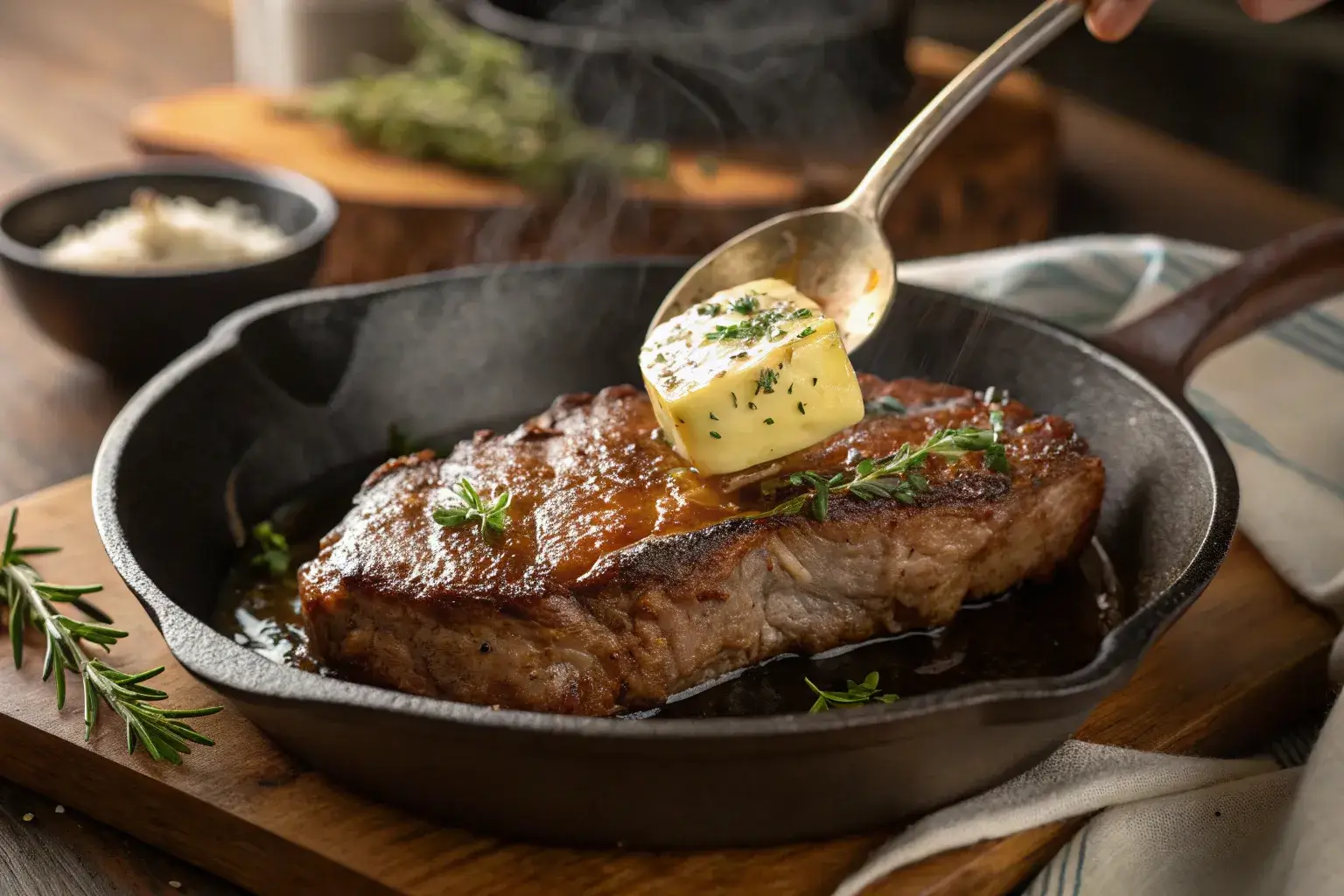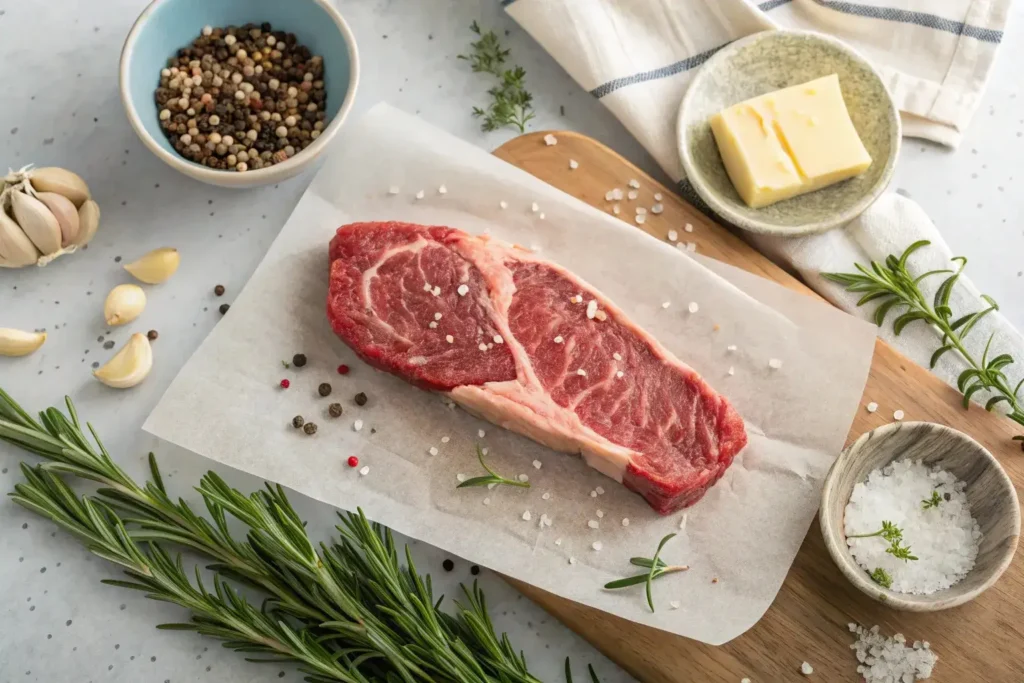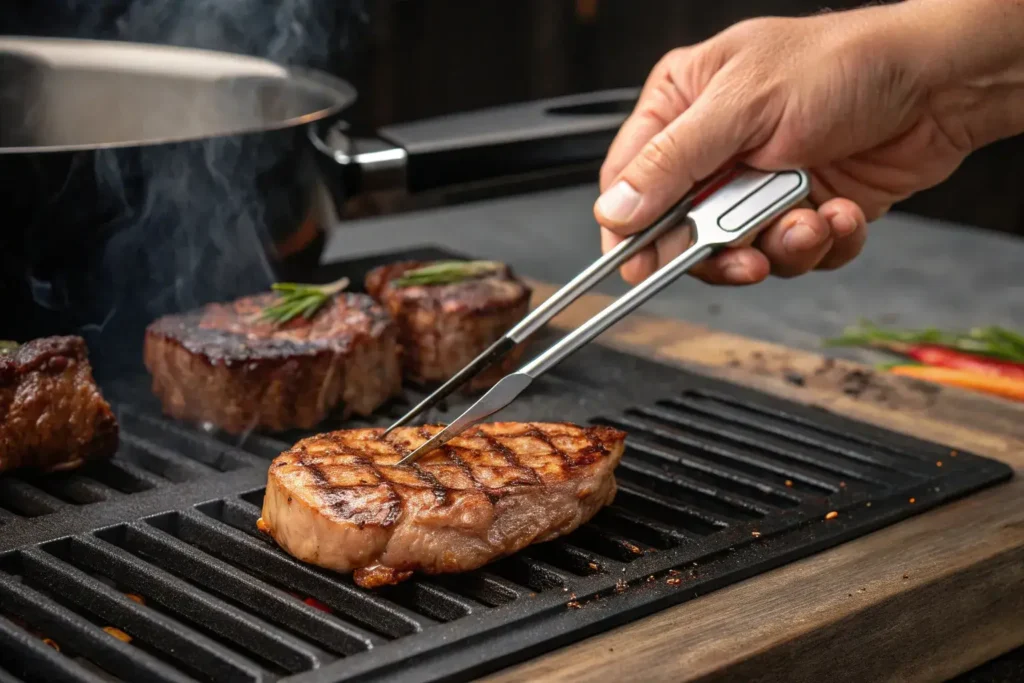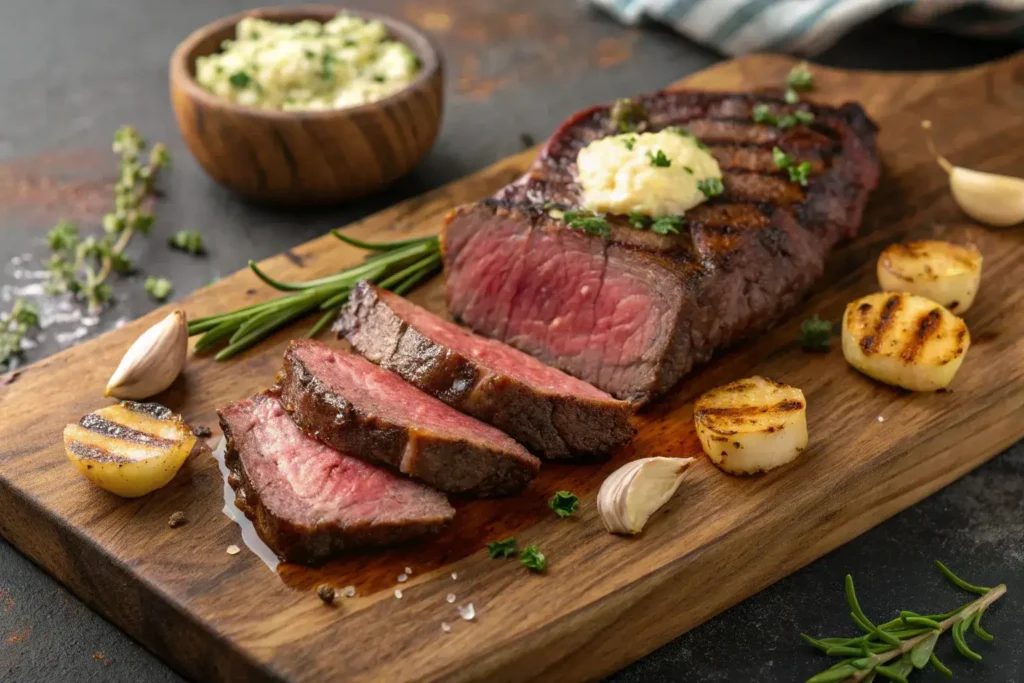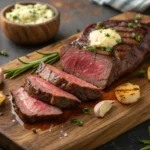Winter broke me this year! cold, miserable, desperate for comfort. Then I remembered my grandmother’s chicken leg soup, a recipe that’s more magic potion than mere meal. Some dishes heal the body, but this one? It resurrects your entire spirit. One spoonful, and suddenly the world feels right again.
Table of Contents
The Science Behind the Soup
Nutritional Powerhouse of Chicken Legs
Chicken leg soup stands out as a nutritional superhero, offering more than just warmth and comfort. Let’s break down why these often-overlooked protein sources are a game-changer for your health:
| Nutrient | Chicken Leg Value | Benefit for the Soup |
|---|---|---|
| Protein | 13.5g per leg | Muscle recovery and satiety |
| Zinc | 1.5mg | Immune system support |
| Selenium | 20.6 mcg | Antioxidant protection |
| Vitamin B6 | 0.3mg | Metabolism regulation |
Key advantages of using chicken leg soup for nutrition:
- Higher fat content creates richer, more flavorful broth
- More collagen compared to chicken breast
- Superior mineral extraction during slow cooking
- Supports joint health and inflammation reduction
Understanding the Protein-Rich Benefits
When preparing this soup, you’re not just making a meal – you’re crafting a nutritional powerhouse. Therefore, choosing bone-in chicken legs ensures maximum nutrient release. Consequently, each spoonful delivers a complex blend of proteins, minerals, and healing compounds.
Why Bone-In Matters for Maximum Nutrition
Chicken leg soup truly shines when prepared with bone-in legs. The slow cooking process extracts:
- Collagen for joint health
- Minerals like calcium and phosphorus
- Essential amino acids
- Gelatin for gut support
The Immune-Boosting Secret Weapon
Moreover, chicken leg soup acts as a natural immunity booster. However, the key lies in proper preparation and ingredient selection. For instance, adding immune-supporting herbs like thyme or garlic can enhance the soup’s healing properties.
Mastering the Art of Chicken Leg Soup: A Step-by-Step Guide
Selecting the Perfect Chicken Legs

Crafting the ultimate soup starts with choosing the right ingredients. Not all chicken legs are created equal, and here’s what you need to know:
| Chicken Leg Type | Best For Chicken Leg Soup | Flavor Profile |
|---|---|---|
| Organic Chicken | Maximum nutrition | Rich, deep flavor |
| Free-Range | Better texture | More complex taste |
| Bone-In Legs | Superior broth | Maximum nutrient extraction |
Pro Tips for Chicken Leg Selection:
- Look for legs with smooth, unblemished skin
- Choose bone-in legs for richer chicken leg soup
- Organic options provide better overall nutrition
- Fresh is always better than frozen
Essential Ingredients for a Flavor-Packed Soup
Chicken leg soup becomes extraordinary with the right supporting cast. Therefore, consider these game-changing ingredients:
Aromatic Vegetable Combination:
- Carrots for sweetness
- Celery for depth
- Onions for foundational flavor
- Garlic for immune-boosting punch
Herb Selection Guide:
- Thyme: Earthy undertones
- Rosemary: Robust flavor
- Parsley: Fresh finish
- Bay leaves: Subtle complexity
Cooking Techniques
Cooking methods can make or break your chicken leg soup. Here’s a comparative breakdown:

| Cooking Method | Pros | Cons |
|---|---|---|
| Slow Cooker | Maximum flavor development | Longer cooking time |
| Pressure Cooker | Quick preparation | Less depth of flavor |
| Stovetop | Traditional method | Requires more attention |
Key Technique Insights:
- Low and slow wins the flavor race
- Skim off excess fat for clearer broth
- Allow soup to rest before serving
Secret Tips from Professional Chefs
Check out our Ultimate Winter Soup Collection for more warming recipes!
Professional Chicken Leg Soup Secrets:
- Layer flavors by browning chicken legs first
- Use homemade stock when possible
- Season in stages, tasting as you go
- Let soup sit overnight for enhanced flavor
Flavor-Boosting Hack:
Add a splash of acid (like apple cider vinegar) to help extract more nutrients from the bones and brighten the overall taste of your chicken leg soup.
Cooking Techniques That Elevate Your Soup
Slow Cooking vs. Pressure Cooking: The Ultimate Showdown
Chicken leg soup isn’t just a meal – it’s an art form that depends heavily on your cooking method. Let’s break down the pros and cons of different cooking techniques:
Slow Cooking Magic:
- Develops deeper, more complex flavors
- Allows collagen to break down slowly
- Creates incredibly tender chicken meat
- Minimal effort, maximum flavor
- Perfect for busy home cooks
- Extracts maximum nutrients from chicken leg soup ingredients
Pressure Cooking Perks:
- Reduces cooking time dramatically
- Locks in nutrients and flavors
- Ideal for last-minute meal preparation
- Creates equally delicious chicken leg soup
- Great for time-pressed home chefs
Essential Equipment
Cooking Tools That Make a Difference:
- Heavy-bottomed Dutch oven
- Slow cooker or multi-cooker
- Sharp kitchen knife
- Large cutting board
- Fine mesh strainer
- Sturdy ladle
- Quality soup pot with thick bottom
Flavor Layering Techniques
Flavor-Boosting Strategies:
- Brown chicken legs before adding to soup
- Use homemade stock when possible
- Toast spices to enhance their complexity
- Add fresh herbs at the end of cooking
- Deglaze the pan with wine or stock
- Season in stages, tasting as you go
Chef’s Secret Techniques
Insider Tricks for Chicken Leg Soup Perfection:
- Let soup rest overnight for deeper flavor
- Skim excess fat for clearer broth
- Use acid (like vinegar) to help extract nutrients
- Balance flavors with a pinch of salt
- Learn to adjust seasoning as you cook
- Experiment with different herb combinations
Chef’s Pro Hack: The secret to an mind-blowing chicken leg soup is patience and layering flavors slowly. Don’t rush the process – let each ingredient tell its story.
Health Benefits:

Immune-Boosting Properties of Chicken Leg Soup
Winter’s chill can knock anyone down, but chicken leg soup is your secret weapon. The combination of nutrient-dense chicken legs and healing broth creates a powerful immune-boosting elixir. Scientific research suggests that the minerals and proteins in homemade soup can actually help reduce inflammation and support your body’s natural defense mechanisms.
The Gut Health Connection
Believe it or not, chicken leg soup is like a superhero for your digestive system. The collagen-rich broth helps heal and seal your gut lining, potentially reducing inflammation and supporting overall digestive health. Moreover, the slow-cooked bones release minerals that can improve gut bacteria balance and promote better nutrient absorption.
Fighting Winter Inflammation Naturally
Inflammation doesn’t stand a chance against a well-prepared chicken leg soup. The combination of ingredients works synergistically to combat winter-related inflammation. Particularly, the amino acids in chicken legs, combined with anti-inflammatory herbs like turmeric or ginger, can help your body fight off seasonal aches and pains.
Nutrition That Supports Whole-Body Wellness
More than just a comfort food, chicken leg soup is a nutritional powerhouse. Each spoonful delivers a complex blend of proteins, minerals, and healing compounds. The bone broth base provides essential nutrients that support:
- Joint health
- Muscle recovery
- Immune system function
- Overall cellular health
Pro Tip: The magic of chicken leg soup lies in its simplicity. Slow cooking allows nutrients to develop fully, transforming humble ingredients into a healing meal that nourishes both body and soul.

FAQs About Chicken Leg Soup
Is Chicken Leg Soup Healthy?
Absolutely! Chicken leg soup is a nutritional powerhouse that packs a serious health punch. Unlike many processed foods, this homemade remedy is loaded with essential nutrients, proteins, and minerals that support your immune system. Each spoonful delivers a natural boost of wellness, helping you fight off winter blues and keep your body strong.
What Part of Chicken Is Best for Soup?
When it comes to chicken leg soup, bone-in chicken legs are the ultimate champions. They offer:
- More flavor than chicken breast
- Higher fat content for richer broth
- More collagen and minerals
- Deeper, more complex taste
- Better nutritional profile
How Long to Boil Chicken Legs?
The perfect chicken leg soup requires patience. Typically, you’ll want to:
- Boil chicken legs for 30-45 minutes
- Ensure internal temperature reaches 165°F
- Watch for tender, falling-off-the-bone meat
- Allow slow cooking to extract maximum nutrients
Are Drumsticks Good for Broth?
Drumsticks are the secret weapon of chicken leg soup enthusiasts! They:
- Release more collagen during cooking
- Create a richer, more nutritious broth
- Provide deeper flavor profiles
- Offer superior mineral extraction
- Support overall soup quality
Conclusion
Your journey through the world of chicken leg soup doesn’t end here it’s just beginning! From understanding its incredible health benefits to mastering cooking techniques, you’ve discovered a nutritional treasure that’s more than just a meal. It’s comfort, healing, and love, ladled into a single bowl.
Remember, the magic of chicken leg soup lies in its simplicity and the care you put into preparing it. Whether you’re fighting off a winter cold or simply craving something soul-warming, this soup is your ultimate remedy.


